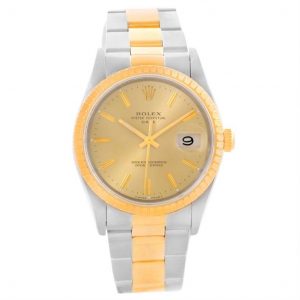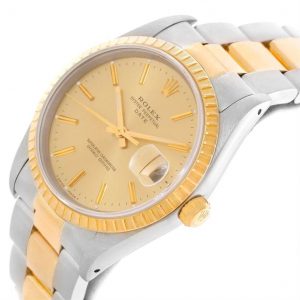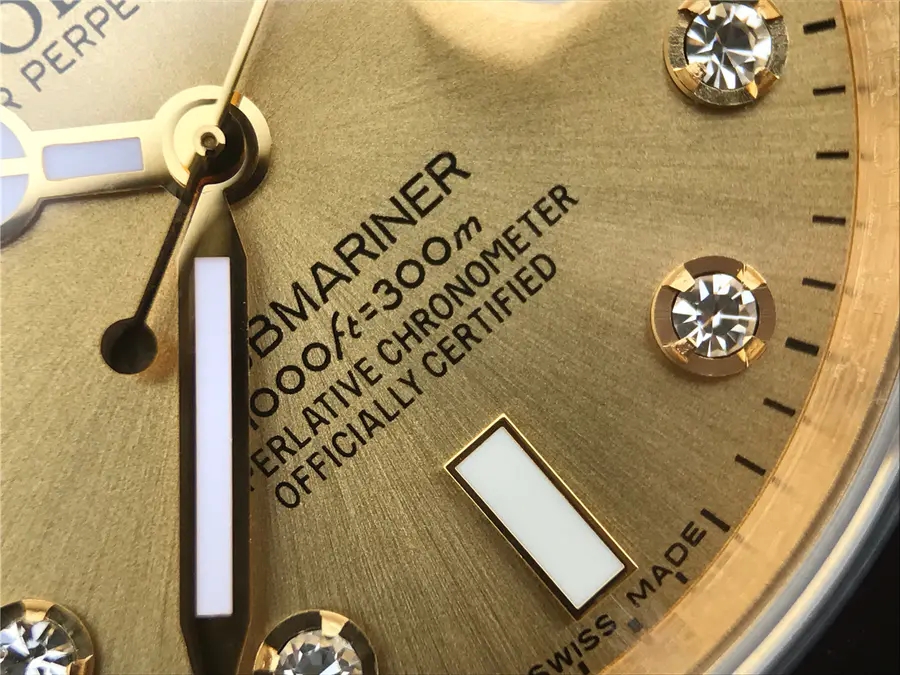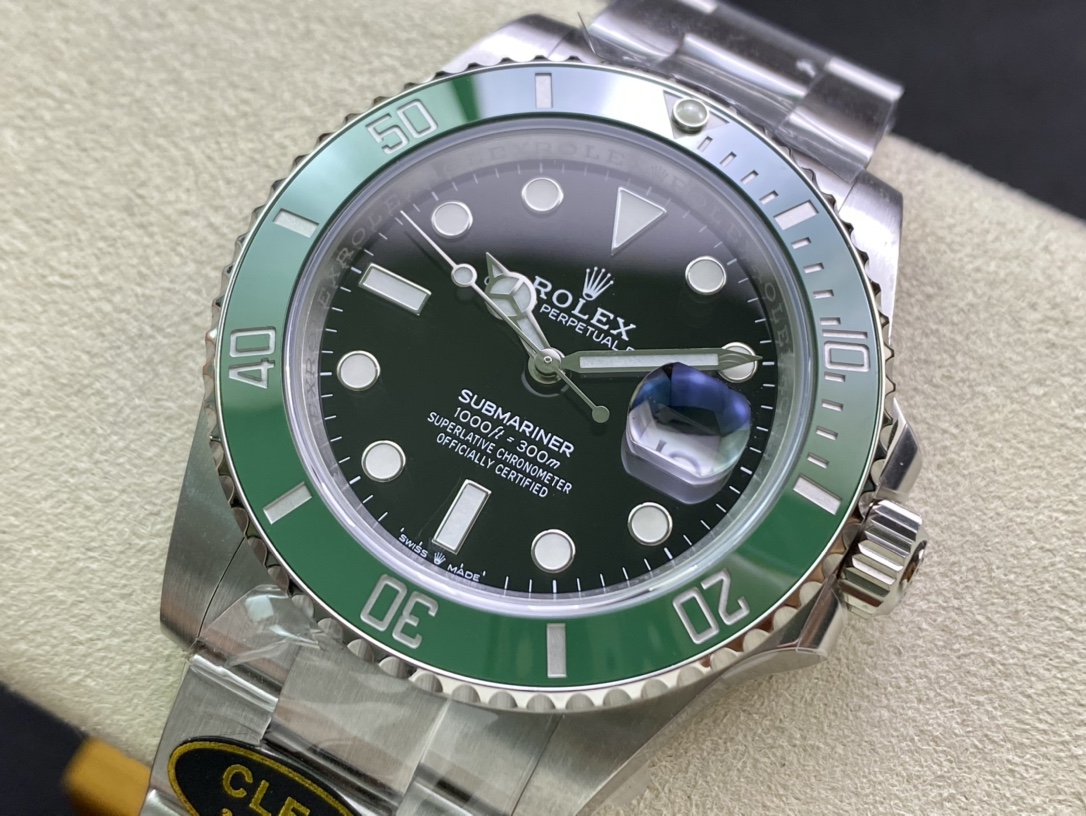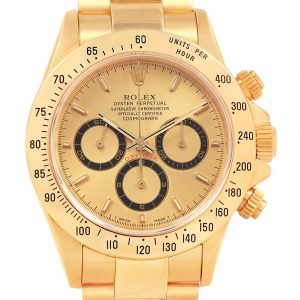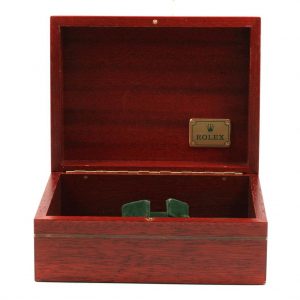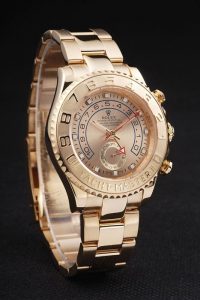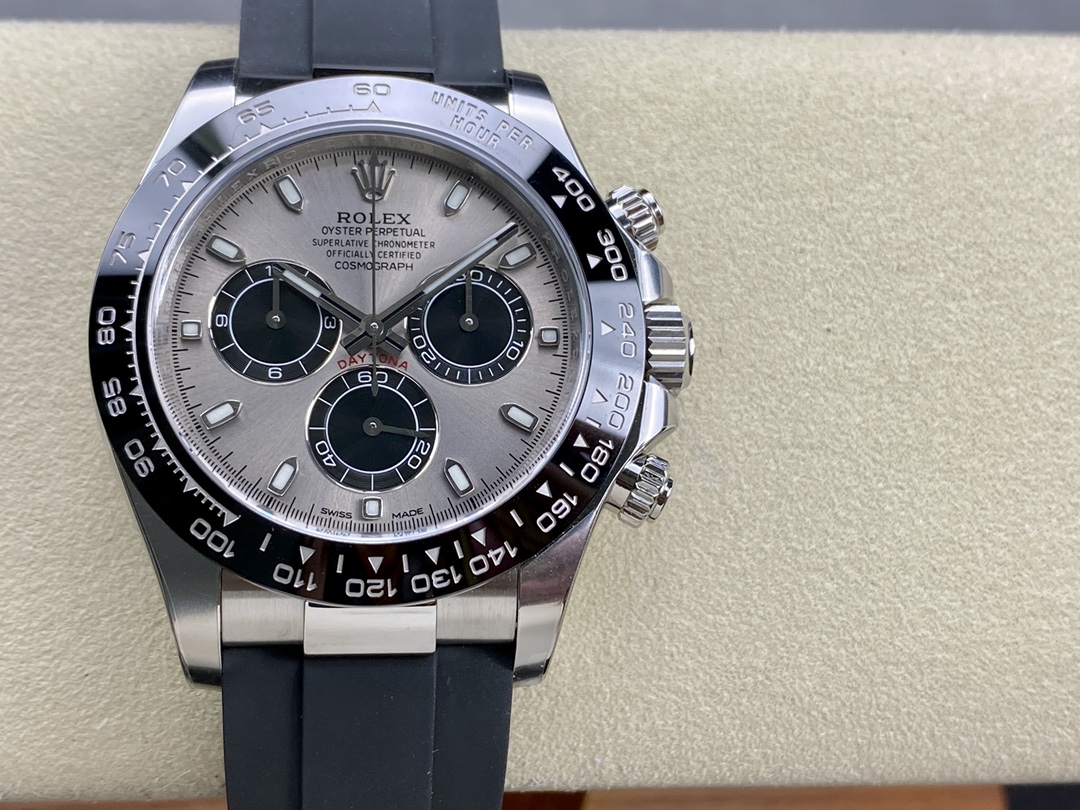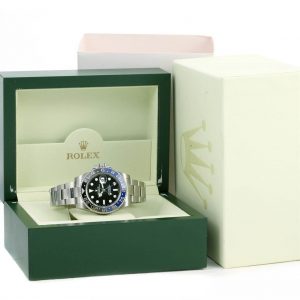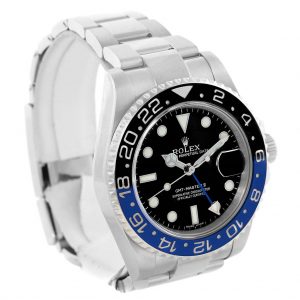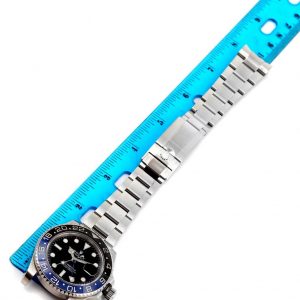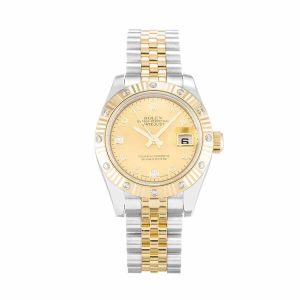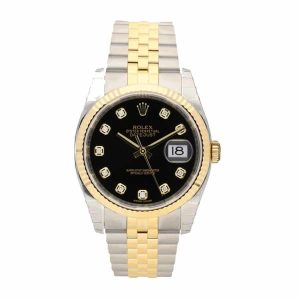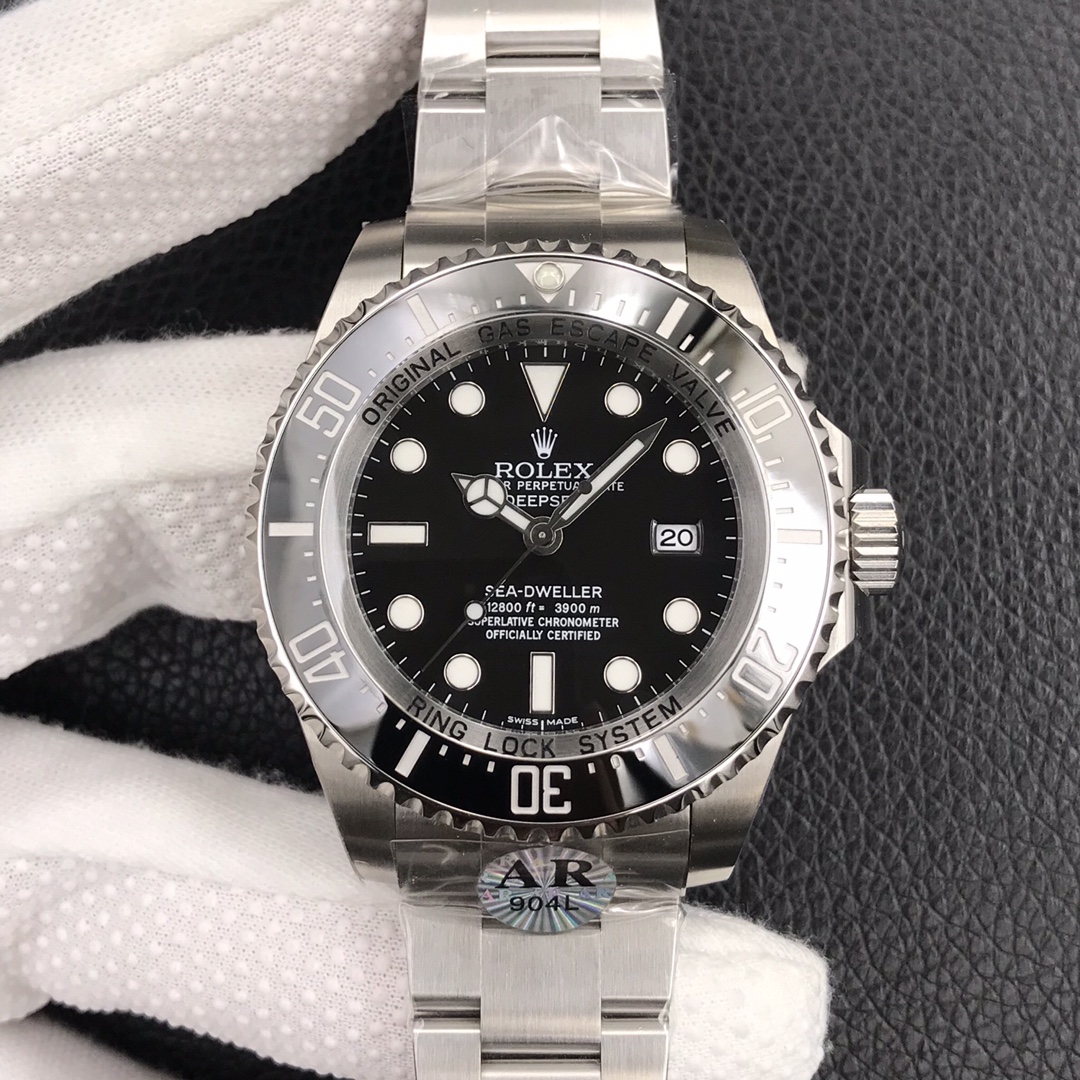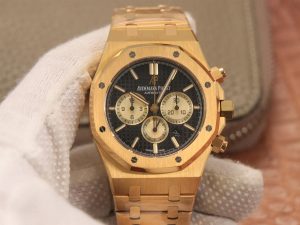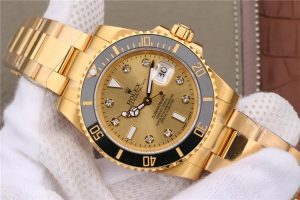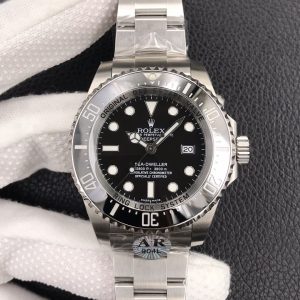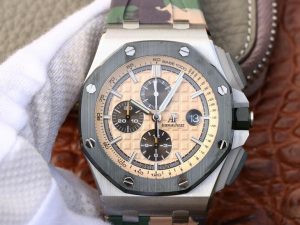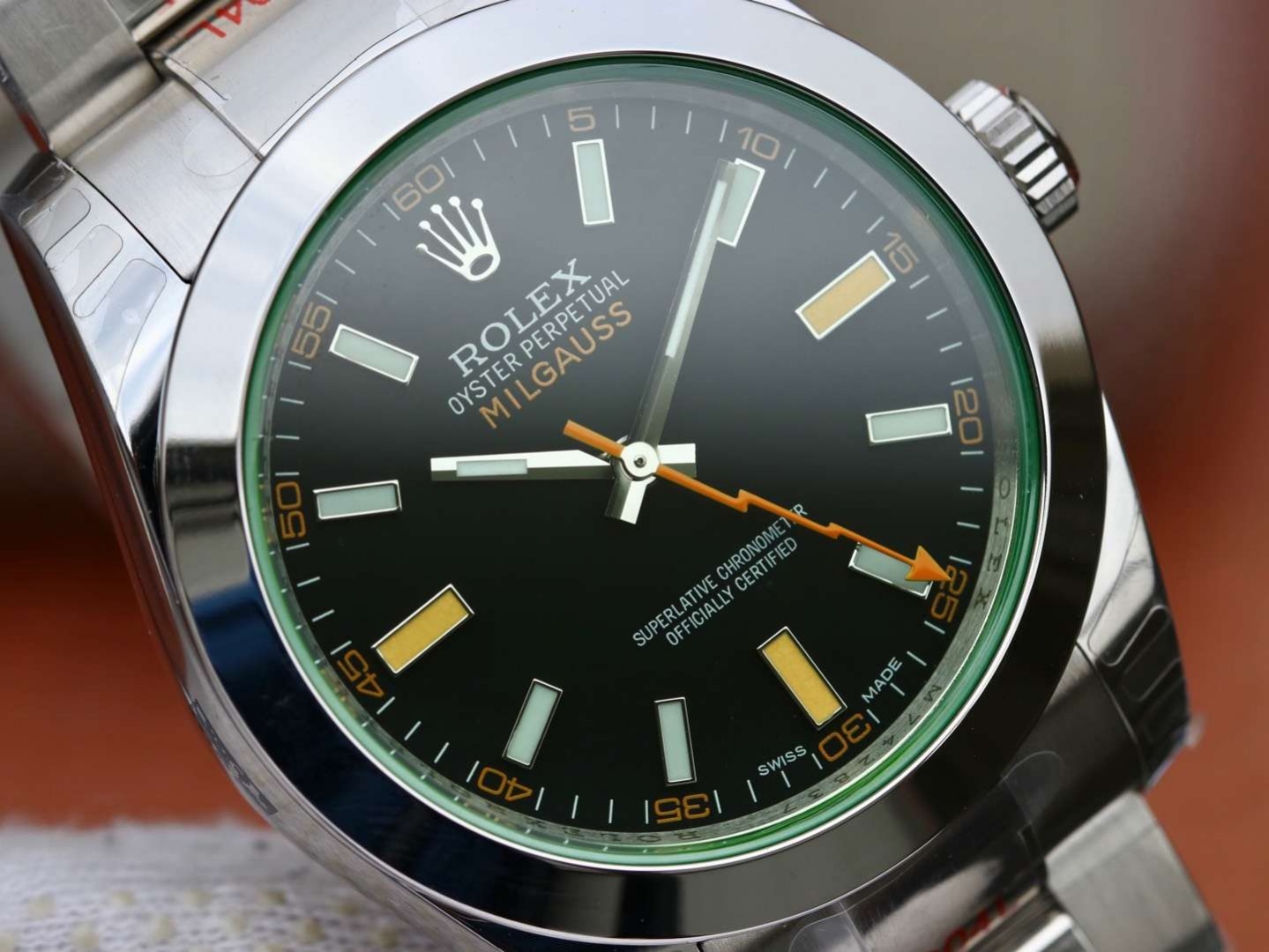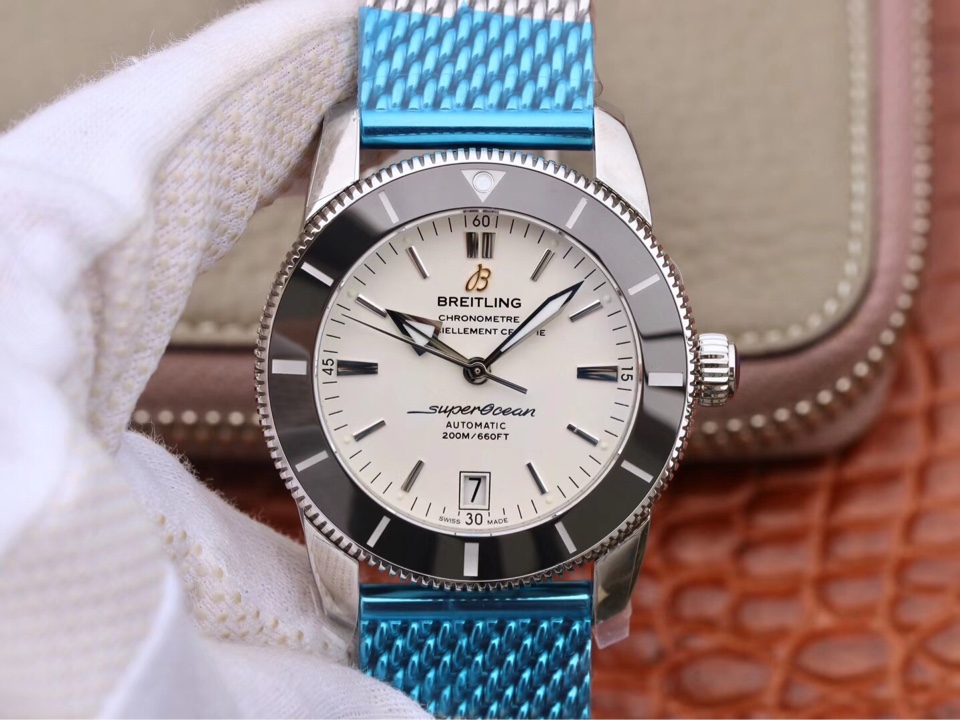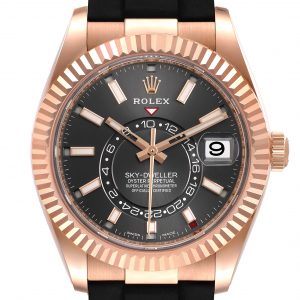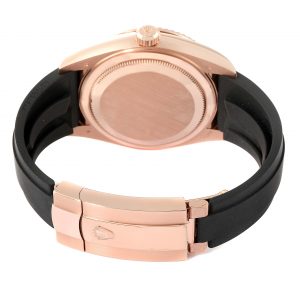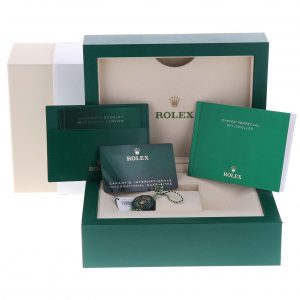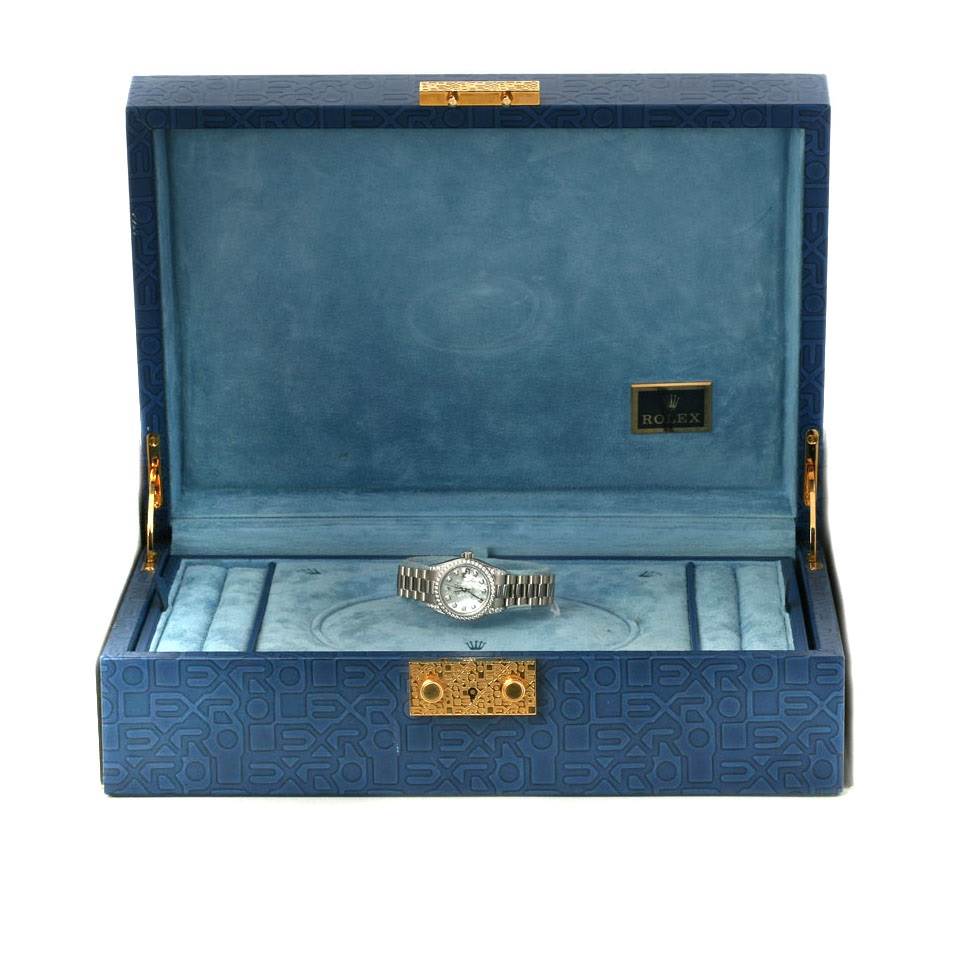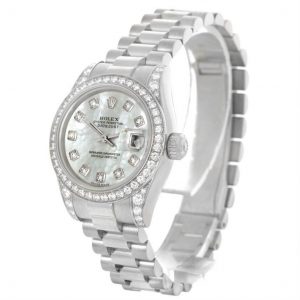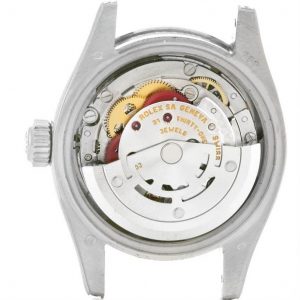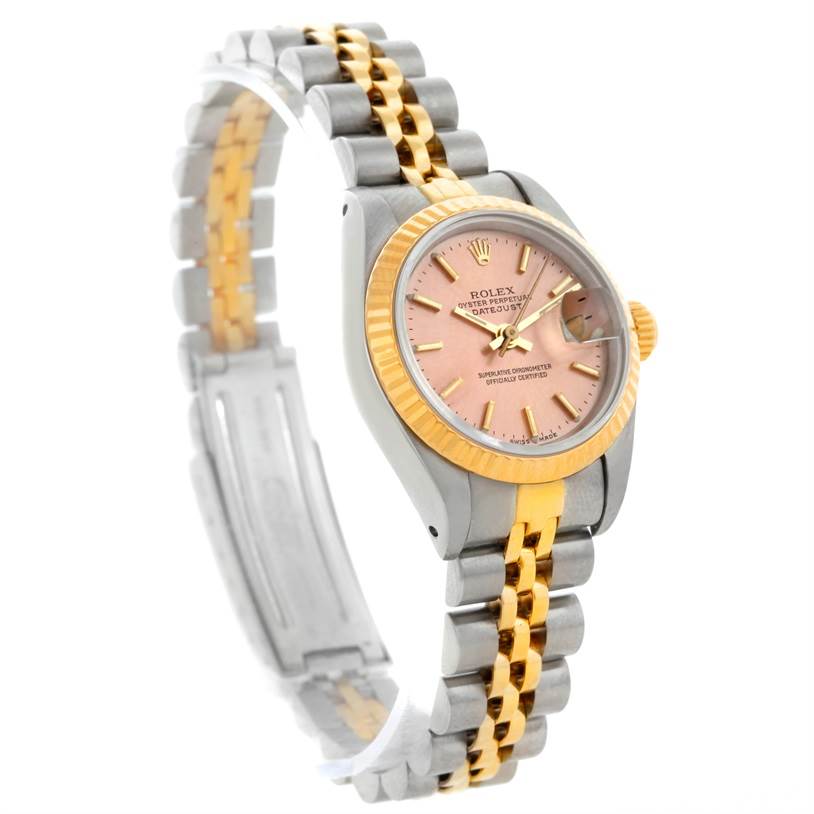With Father’s Day fast approaching, it’s the perfect time to consider getting Dad a special gift that he’ll cherish for years. Instead of the usual tie or shaving kit, why not surprise him with a stunning luxury watch? Pre-owned luxury watches are not only beautiful but also have the unique ability to retain their value over time. These replica watches often become treasured heirlooms, passed down from father to son, preserving memories for generations to come. 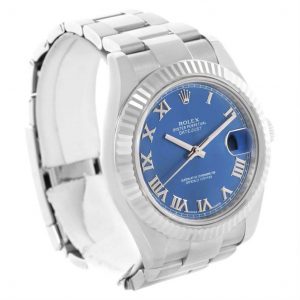

Whether you’re looking for the ideal gift for your dad or you’re a father wanting to treat yourself to something extraordinary this year, a luxury watch makes the perfect Father’s Day present. Let’s explore some of the best luxury watches that would make fantastic Father’s Day gifts, along with the types of dads who are likely to appreciate them the most.
Rolex Datejust
For the classic dad, the quintessential man-of-the-house figure, the iconic two-tone Rolex Datejust is the perfect match. While Rolex has a range of famous models, the classic 36mm stainless steel and yellow gold Datejust is arguably the most emblematic of the brand. If you’ve read our Rolex Datejust buying guide, you’ll know that the Datejust is the quintessential Rolex watch.
Unlike the brand’s sports models, which are designed for specific activities or environments, the Rolex Datejust is Rolex’s original go-anywhere, do-anything watch. It has been a cornerstone of the Rolex catalog since its debut in 1945. The Datejust collection has grown to become Rolex’s most diverse range, offering models in various sizes, materials, and configurations.
Whether Dad spends his days in the boardroom, relaxing by the ocean, or a mix of both, the Rolex Datejust suits any occasion. It could easily be the only watch someone owns and wears daily for a lifetime.
Rolex Submariner
For the adventurous dad who loves spending time in nature, a stainless steel Rolex Submariner is the ideal watch. Originally designed for scuba diving, its durable construction, highly legible display, and exceptional water resistance make it the perfect rugged companion, whether on land or underwater. 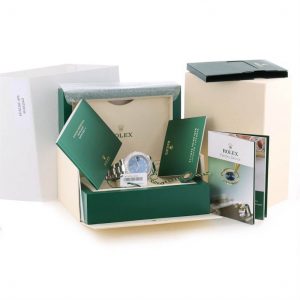
Like the Datejust, the Rolex Submariner is a horological icon and has set the standard for dive watches for over fifty years. You can read more about this in our Rolex Submariner buying guide. Modern Submariner watches feature cases and bracelets made from corrosion-resistant 904L stainless steel and provide 300 meters (1,000 feet) of water resistance. Additionally, their rotating timing bezels can be used to track elapsed time for events up to 60 minutes.
Rolex Submariner watches have proven themselves in some of the most challenging conditions on earth and have even been issued to military branches worldwide, making them more than capable of joining Dad on his next outdoor adventure, whether that’s scuba diving, camping, or a fishing trip.
Rolex Oyster Perpetual
For the understated dad who appreciates fine craftsmanship without needing to show it off, the classic Rolex Oyster Perpetual is an excellent choice. This watch offers all the hallmark features of a Rolex while maintaining a low profile. The Oyster Perpetual is Rolex’s entry-level watch line, combining the brand’s two key innovations: the waterproof ‘Oyster’ case and the self-winding ‘Perpetual’ movement.
With a minimalist design, lacking even a date display, the Rolex Oyster Perpetual offers a perfect aesthetic that can be dressed up or down. Modern Oyster Perpetual watches feature time-only displays, smooth bezels, and Oyster bracelets, and they come in a variety of case sizes and dial colors, allowing you to choose one that perfectly fits Dad’s wrist and style.
Dating back to 1931, the Rolex Oyster Perpetual is the brand’s oldest watch line still in production today and has been a foundation of Rolex’s catalog for nearly a century.
OMEGA Speedmaster Moonwatch
For the dad who loves cars and aviation, the classic OMEGA Speedmaster Moonwatch is a fantastic choice. This watch boasts one of the most storied histories in all of horology. Initially launched in 1957 as a chronograph for automotive racing, the Omega Speedmaster became NASA’s official flight-qualified watch in 1965 and was the first watch worn on the moon in 1969. While other watches have been qualified for spaceflight, the manually-wound OMEGA Speedmaster is the only one certified for both spaceflight and EVA (extravehicular activity) use.
Much like the Rolex Submariner, the Omega Speedmaster is recognized as one of the most iconic sports watches ever created. Its design has remained largely unchanged over its fifty-year production history. Our OMEGA Speedmaster buying guide details how this model is universally acclaimed and considered one of the finest chronographs ever made, making it the perfect Father’s Day gift for dads passionate about racing and space exploration. 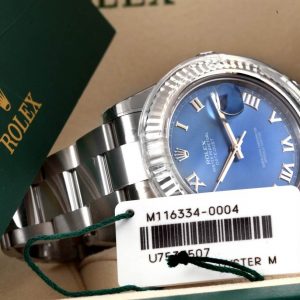
Rolex Day-Date President
Finally, for the dad who is the boss or executive, there’s no better choice than the iconic Rolex Day-Date in solid 18k yellow gold. Introduced in 1956, the Rolex Presidential collection is Rolex’s flagship line, worn by celebrities, world leaders, and athletes worldwide.
The replica Rolex Day-Date was the first watch to offer a modern calendar with day and date displays, featuring the day of the week spelled out in full. As noted in our Day-Date buying guide, this model is only crafted from precious metals such as solid 18k gold or 950 platinum. The Rolex President is the epitome of perfect luxury, perfect for the dad who spends his days closing deals in the C-suite.
Known as the world’s most famous gold watch, the Rolex Day-Date is a symbol of success and achievement. Despite its luxurious appearance, all modern Rolex Day-Date watches are water-resistant to 100 meters (330 feet), making them suitable for wear everywhere, from the beach to the boardroom.
Oris Divers Sixty-Five
The Oris Divers Sixty-Five is a standout choice for a Father’s Day gift, thanks to its rich history and classic design that echoes the original 1965 model. This vintage-inspired watch combines nostalgic aesthetics with modern watchmaking technologies, making it both stylish and practical. Its robust construction and perfect look pay homage to Oris’s deep roots in Swiss craftsmanship. The watch’s reputation for reliability and durability in various environments reflects the enduring strength of fatherly love, making it a meaningful gift.
Beyond its historical significance, the Oris Divers Sixty-Five offers features that enhance its appeal as a Father’s Day gift. With water resistance up to 100 meters, it’s suitable for everyday wear and recreational water activities, ideal for active dads. The watch is available in various case materials, including bronze, which develops a unique patina over time, adding a personal touch with each wear. The clear, easy-to-read dial and luminescent markers ensure it remains a practical choice for all ages, destined to be cherished and used for years. These qualities make the Oris Divers Sixty-Five not just a fake watch but a legacy piece that fathers can pass down through generations.
